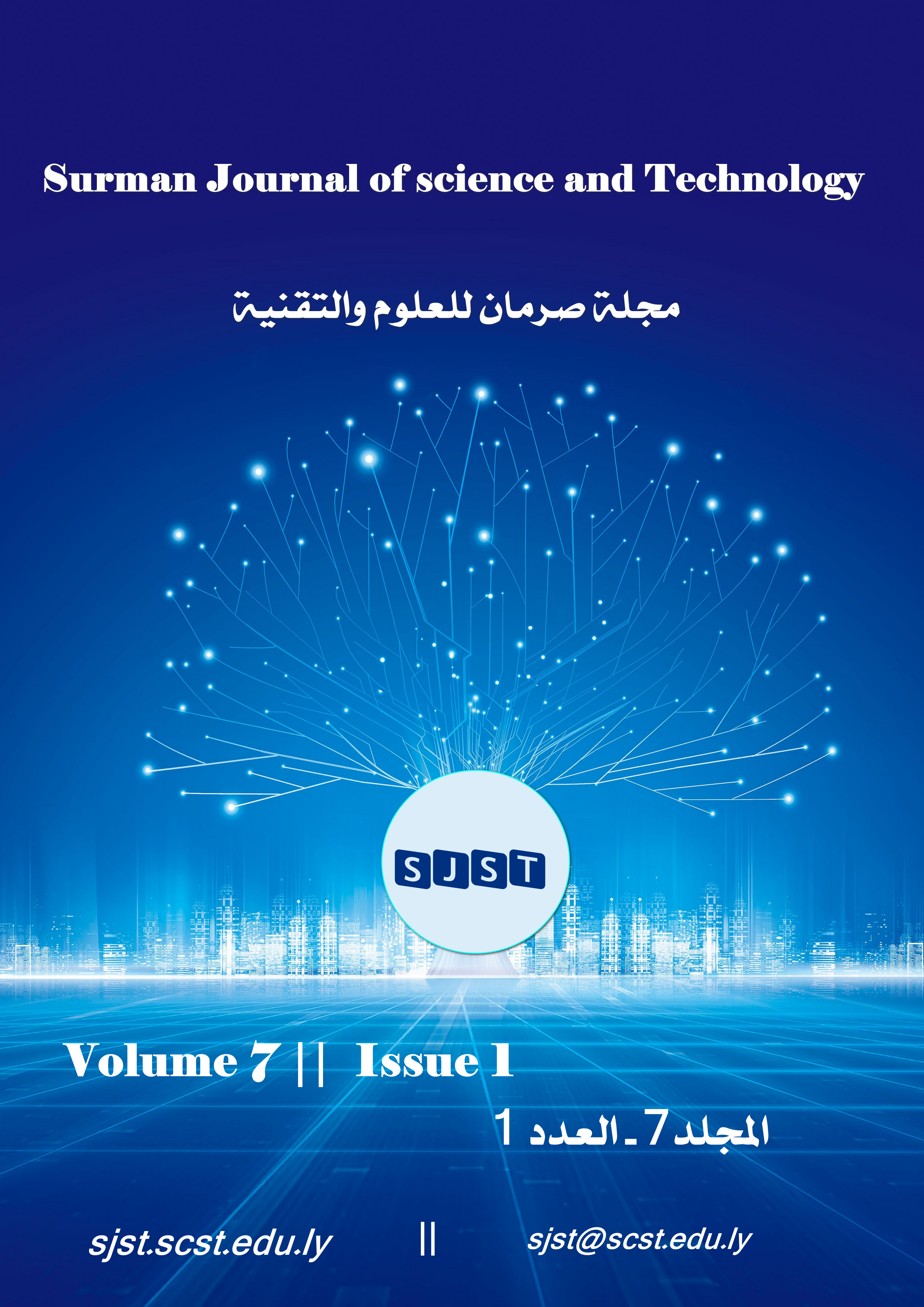Validation of the quantification of zinc as active ingredient in pharmaceutical supplementations using flame atomic absorption spectrophotometer
Main Article Content
Abstract
Zinc is now quantified by atomic absorption spectrometry (AAS), spectrofluorimetry, and inductively coupled plasma spectroscopy (ICP). Flame atomic absorption spectrometry (FAAS) is a more preferable technology for determining trace metals because of its accuracy, sensitivity, precision, easiness, and lower cost per analysis. Analytical methods are critical in ensuring that product quality aspects are fulfilled. So, quality can only be attained if the analytical method undergoes a validation procedure. Analytical method validation is a formalized, consistent, and recorded approach for evaluating the ability of an analytical method to deliver trustworthy, accurate, and repeatable results. The International Council for Harmonization (ICH) principles serve as a global standard for both regulatory agencies and the drug companies. The goal of this work is to validate Flame atomic absorption spectrometry (FAAS) for quantitative measurement of zinc in pharmaceutical formulations according to the ICH Q2 (R1) guideline in terms of limit of detection (LOD), limit of quantification (LOQ), precision, linearity and accuracy. Analyses of zinc samples using FAAS were performed through the concentration range 0.20–0.75 ppm Zn(II), and the linear calibration curve had 0.997 as regression coefficient (R2). Adequate accuracy of the method was achieved from zinc recovery%, ranging from 100.15 to 101.21%. The (%RSD) with intra and inter-day precision was less than 1%, demonstrating that the method was repeatable. The LOQ and LOD were found to be 0.131 and 0.043 ppm, respectively. The proposed method can be used to estimate zinc in commercial tablets, according to statistical validation of the data.
Downloads
Article Details

This work is licensed under a Creative Commons Attribution-NonCommercial 4.0 International License.

